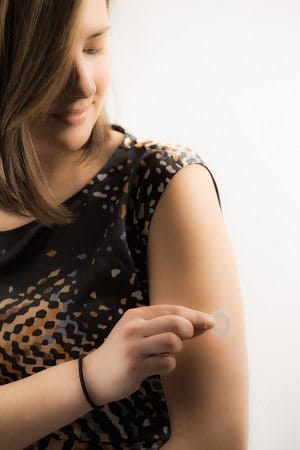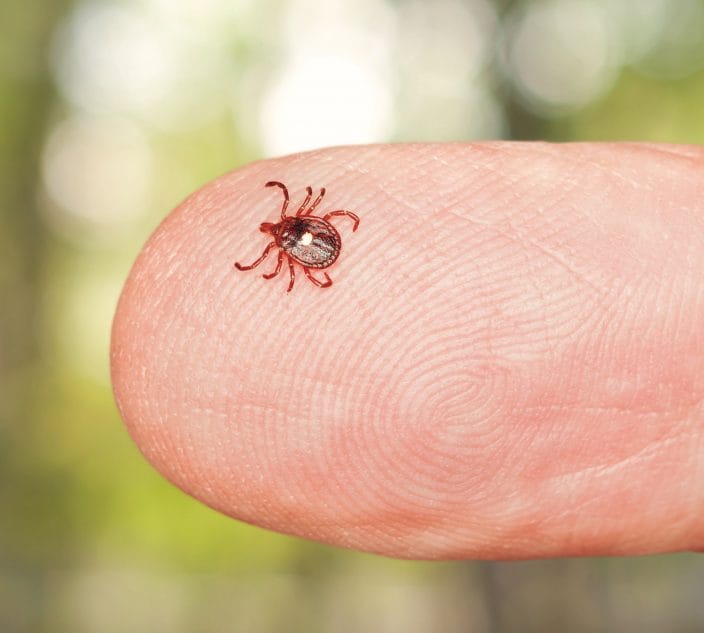Viaskin Peanut, the skin-patch therapy that’s shown promise in early clinical trials at desensitizing peanut-allergic patients, may be more effective in children when used over a longer period, according to the latest results of clinical trials released by the manufacturer in October.
The treatment, which is being developed by DBV Technologies, works by applying tiny amounts of peanut protein to skin daily, through a small round patch. The process, called epicutaneous immunotherapy or EPIT, is intended to desensitize peanut-allergic patients to the allergen over time.
For 80 percent of the patients, aged 6 to 11 at the outset of the study, 24 months of treatment with 250 microgram Viaskin Peanut patches led to “strengthening of the immunological changes” – first observed in a previous clinical trial conducted over 12 months. The changes included a lowering by 40 percent of peanut-specific IgE antibodies from the baseline of the previous study.
The 80 percent of children who responded to the treatment were able to, on average, consume 1.8 grams of peanut (approximately 7 peanuts) compared to only 1 gram (4 peanuts) after treatment for 12 months, as in the previous trial.
During the 12 months of the latest clinical trials, no epinephrine administration related to the drug was reported, nor were any serious adverse events. The compliance rate among the patients being studied was an impressive 96 percent.
Among the adults and adolescents taking part in the latest clinical trials, the results were less encouraging, with those treated for 24 months showing “no additional significant clinical response” relative to their response from the first 12 months of testing with the skin patch.
“Additional development plans for Viaskin Peanut in younger and older patients will be discussed with the FDA in the second half of 2015,” DBV Technologies told Allergic Living. The company also confirmed its intention “to explore a higher Viaskin Peanut dosing regimen in [older] patient populations,” adding that the safety of a higher dosage of Viaskin Peanut 500 microgram has been validated in earlier clinical trials.
“These important results extend prior studies showing the ability of DBV’s Viaskin Peanut patch to enhance protection of peanut allergic children,” noted James R. Baker, CEO and chief medical officer of FARE. “The results also show additional benefit from longer term use of the patch. The safety profile is also impressive as no significant side effects were noted.”
What’s Next
Stage three of DBV’s clinical trials for Viaskin Peanut will begin in the latter part of 2015, and will involve children between 4 and 11 years of age, being treated with the 250 microgram version of the patch. Increased dosages for adolescent and adult patients are also being explored in discussion with the FDA.






